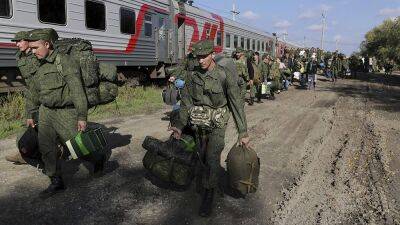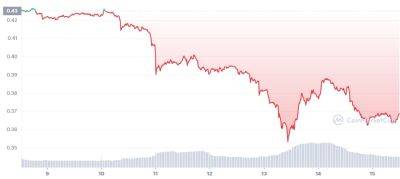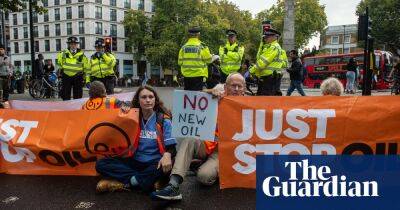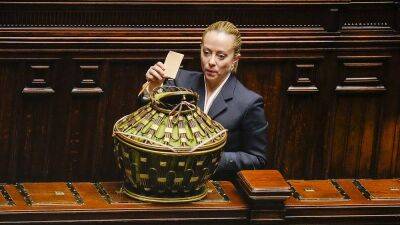Will Bank of England have to step in again to mop up market mess?
There are just a few hours to go before the end of the Bank of England’s emergency bond-buying programme, brought in two weeks ago to limit damage to pension funds from a sudden fall in the value of UK government debt.
It is still unclear whether 14 days was long enough for the most at risk funds to shore up their cash reserves. When the bell sounds at 4.30pm on Friday, some may face a cliff-edge.
The Bank made two big bets when it stepped in to manage the market meltdown. First, that £65bn was enough to vacuum up UK bonds – known as gilts – being dumped on the market by pension funds scrambling to raise cash to pay their banks. Second, that two weeks would be enough time for that capsizing corner of the pensions industry to right itself and avoid another fire sale of assets.
The first bet seems to have been sound. The Bank has so far spent £17.8bn of the £65bn earmarked for the emergency intervention. On Thursday, it spent £4.7bn, its highest daily total so far, but still well below the £10bn daily cap.That number has provided some comfort. It suggests that demand was low, or that the Bank had the luxury of turning away sellers who set prices too high, and therefore were not as desperate as they seemed.
But the second bet is proving much more of a gamble.
The Bank has rightly put pressure on fund managers to get their act together, and try to cut down on complex hedging arrangements – known as liability driven investments (LDIs) – that were blamed for sparking the cash calls on pension schemes, and forcing them to dump assets including government bonds to raise money fast.
However, it is still unclear whether all funds have built up a big enough cash cushion to weather further storms.
The Bank seems to want to avoid an
Read more on theguardian.com

![Uniswap [UNI] bounces above $6 yet again, can it conquer $7 this week - ambcrypto.com - city Polychain](https://finance-news.co/storage/thumbs_400/img/2022/10/17/45133_wmfe.jpg)

















![Ripple [XRP] remains untouched in the market onslaught, thanks to… - ambcrypto.com - city Santiment](https://finance-news.co/storage/thumbs_400/img/2022/10/14/44950_nsdq.jpg)
